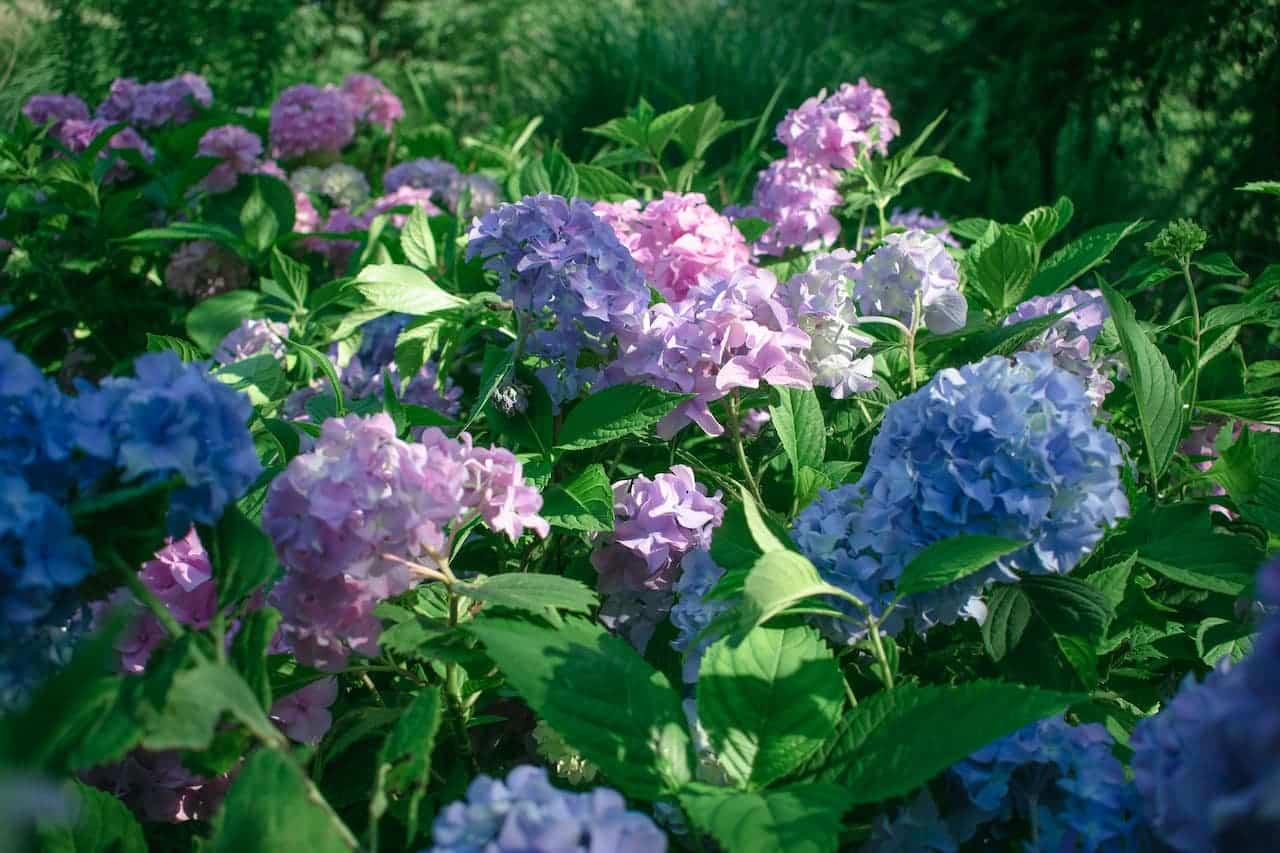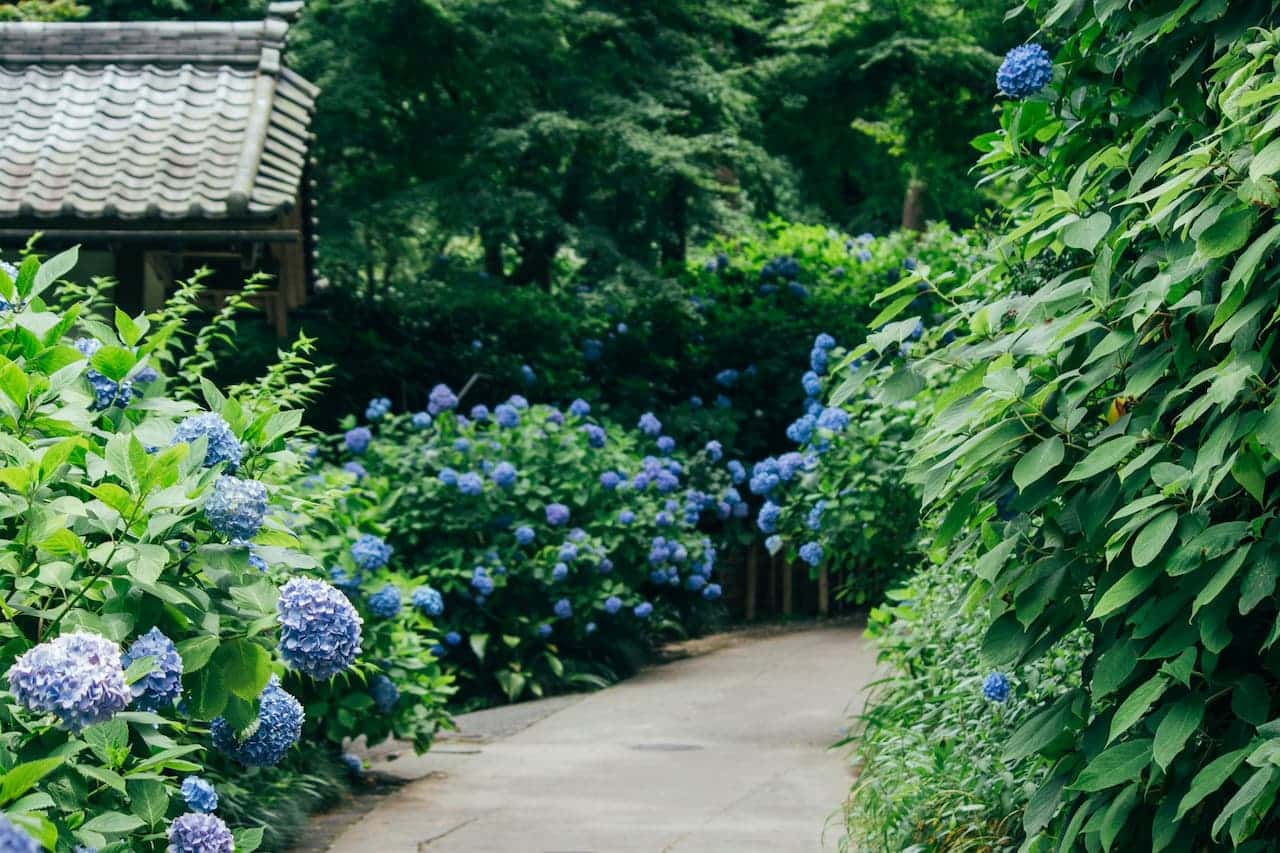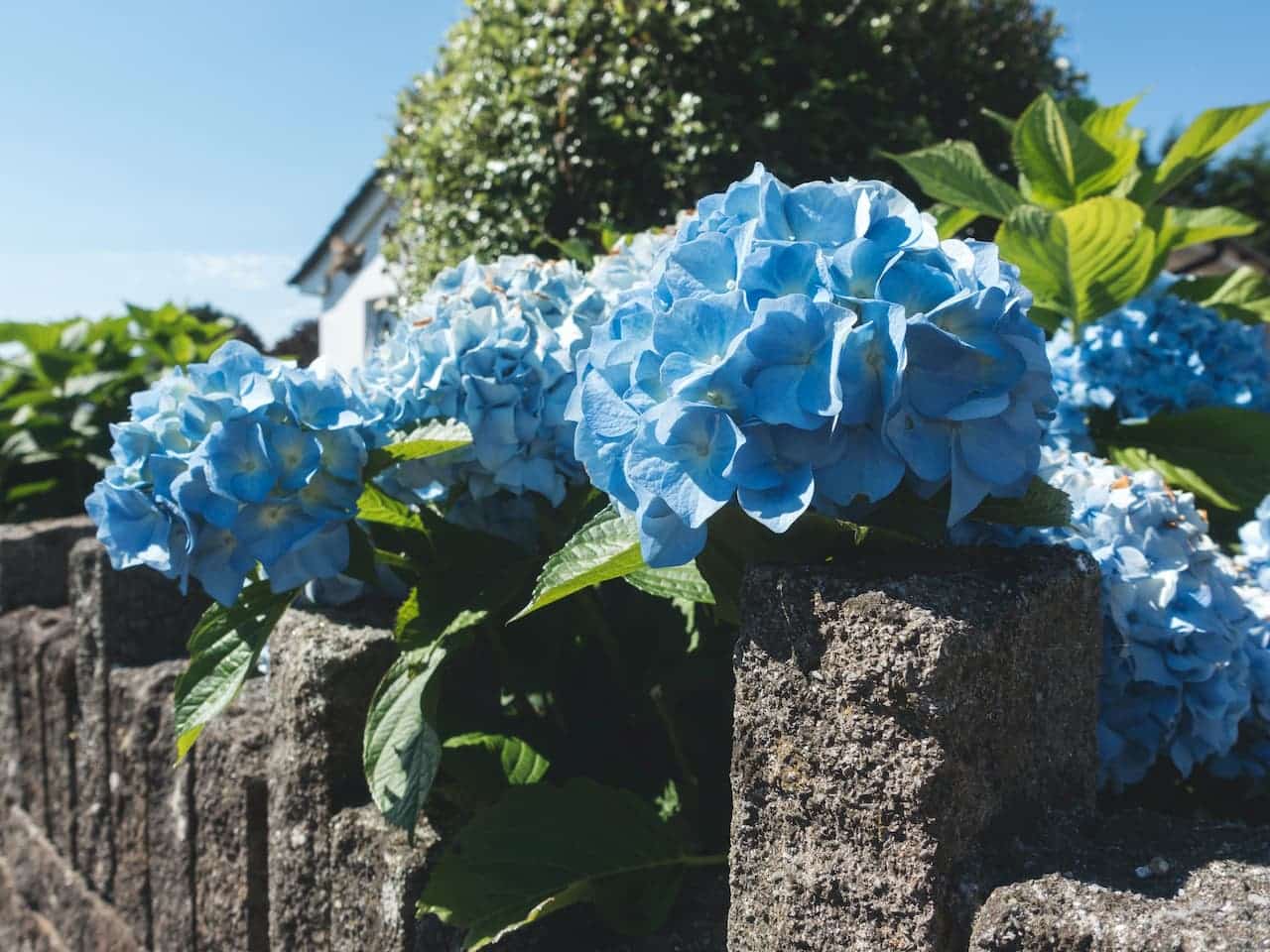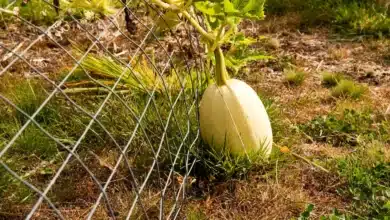How To Prune Hydrangeas
Several people need clarification about how to prune Hydrangeas. The most common causes of their confusion are; their failure to bloom during summer, their dead-looking appearance in winter, and if it needs to be pruned as a shrub. However, these popular woody plants can live long, floriferous lives without ever feeling the cold blade of a pair of Felcos.
Hydrangeas can handle pruning (but if it’s done at the wrong time, it may cause the lack of flowers), and sometimes you may want or need to cut them back a bit. For instance, you may not like the look of the fading blooms, or your shrub may be a bit too tall. Also, pruning hydrangeas can improve a shrub’s potency and increase flower size.
However, not all of these shrubs should be pruned at the same time. Those that bloom on old growth should only be pruned after flowering, while the ones that bloom on new growth should be pruned before they wake up during spring or as they are going dormant in fall.

Hydrangeas that bloom on old wood:
- Bigleaf hydrangeas (Hydrangea macrophylla cvs., USDA Hardiness Zones 6–9)
- Bigleaf hydrangeas (H. serrata cvs., Zones 6–9)
- Oakleaf hydrangeas (H. quercifolia cvs., Zones 5–9)
Prune after the flowers start to fade in late summer.
To know if your hydrangea blooms on old wood, think about when it flowers. Shrubs with this feature usually begin blooming during early summer and dwindle by midsummer, though sporadic blooms may appear afterward. They form next year’s flower buds during late summer or early fall as the days get shorter and temperatures cool off. To reduce the risk of removing these buds, prune only the flowers as they begin to fade. Usually, the earlier you get it done after bloom, the quicker the shrub recovers, producing more and bigger blooms next season.
1. To tidy up, remove old blooms
To maintain a tidy appearance, snip off spent blooms below the flower head and remove any disorganized canes at the soil line.
2. To improve potency, remove the oldest canes
When hydrangea gets old and woody, it produces smaller blooms. Constantly removing a few of the oldest canes at the soil line can maintain the shrubs’ vigorous, producing large and abundant flowers. Also, removing the tallest canes can prevent a shrub from getting too tall.

Most people are charmed by the large, mophead blooms of bigleaf hydrangea (Hydrangea macrophylla and CVS., Zones 4–9). However, many of those who grow them have questions about pruning them. Some gardeners think that they must be pruned since they are shrubs, while others think cutting back their hydrangea might make it bloom. Neither of these thoughts is correct.
Bigleaf hydrangeas grow well without pruning, and making your cuts at the wrong time can remove the flower buds you are hoping to get.
Usually, Bigleaf hydrangeas bloom on old wood, meaning the flower buds are on the growth produced during the previous season. You will remove the flower buds if they are pruned before they flower. Several new varieties can produce buds on old and new wood, so pruning too early can’t stop the bloom, just a good portion of it.
But if your hydrangea isn’t blooming, it’s caused mainly by poorly timed pruning. The best time to cut back a bigleaf hydrangea is after it’s done blooming. Then, the shrub has enough time to set new growth and harden off before winter.
If you want to prune your bigleaf hydrangea, this video will give you accurate knowledge about how to time your cuts correctly and identify where to make them on the shrub.

The tools needed for pruning are hand pruners and perhaps a pair of loppers to reach down into the hydrangea. Also, you must wear some safety glasses, and it prevents you from poking your eye on a stem when trying to see down into the shrub. And a poke in the eye isn’t a good thing.
So, stay safe, prune when the time is right, and enjoy your hydrangeas.
Hydrangeas that bloom on new wood
- Panicle hydrangeas (H. paniculata and CVS., Zones 4–8)
- Smooth hydrangeas (H. arborescent and CVS., Zones 4–9)
Cut back these shrubs in late winter before new growth begins
Because they need to grow and set buds the same year they bloom, shrubs that flower on new wood typically bloom later than old-growth bloomers, starting during midsummer and continuing until the first frost. These shrubs are forgiving if pruning is done at a different time as long as you avoid pruning when the flower buds are opening.
1. To get large flowers, cut them all the way back
During late winter or early spring, these shrubs can be cut all the way back to the ground. Smooth hydrangeas will produce much larger blooms if they are pruned hard each year, but several gardeners prefer smaller blooms on sturdier stems.
2. To reduce flopping, leave a framework of old growth
Some hydrangeas’ branches usually fall under the weight of their blooms, especially after a good rain or overhead irrigation. The best way to alleviate this flopping is to cut the stems to a height of about 18 to 24 inches to provide a sturdy framework to support new growth.




